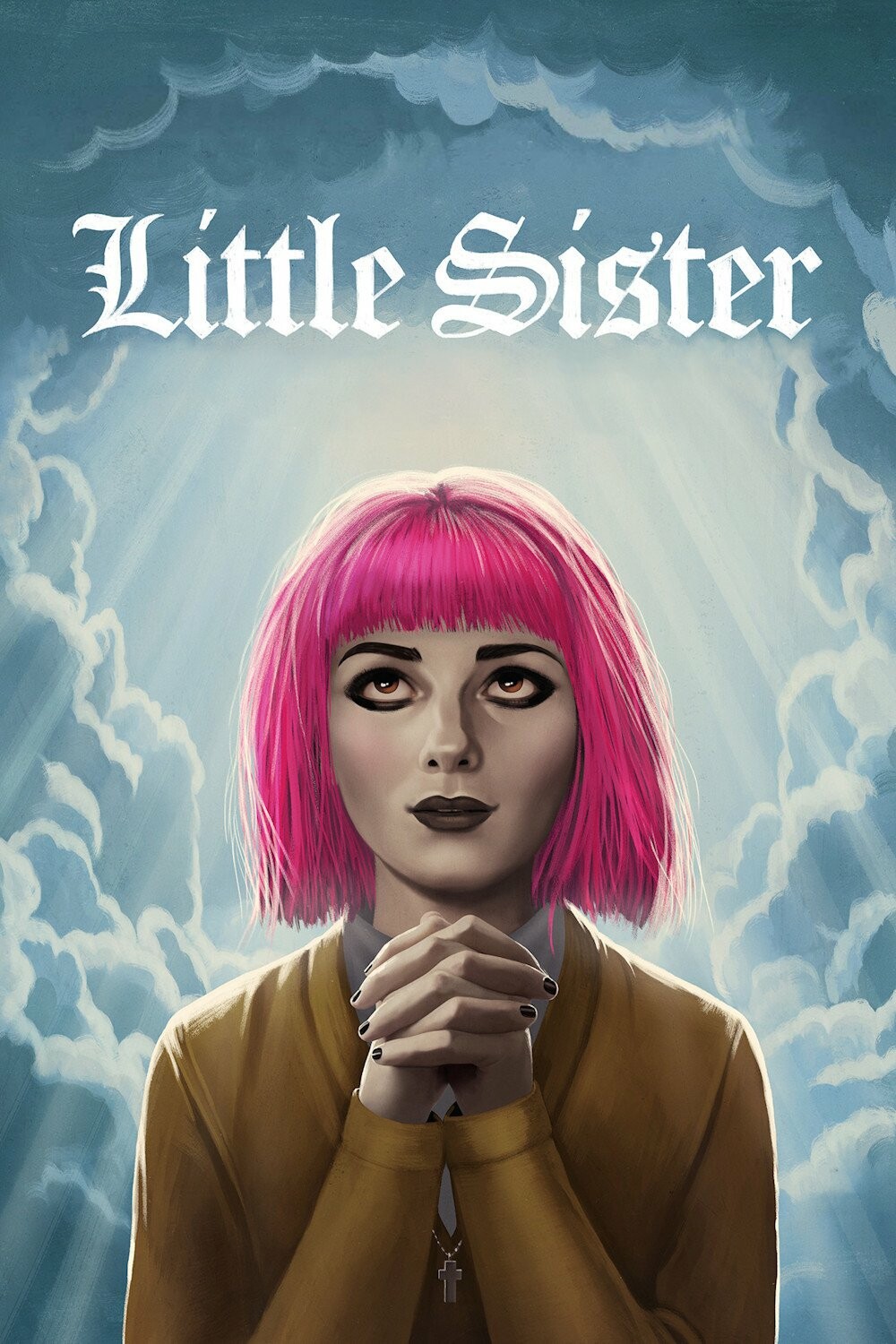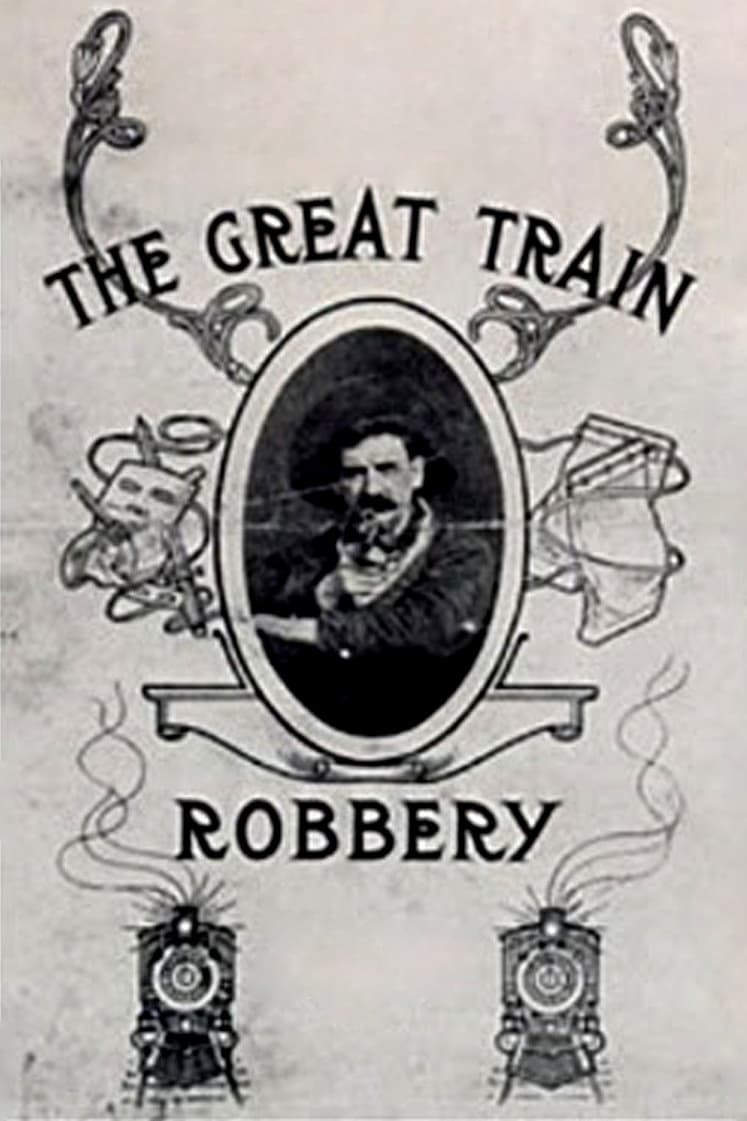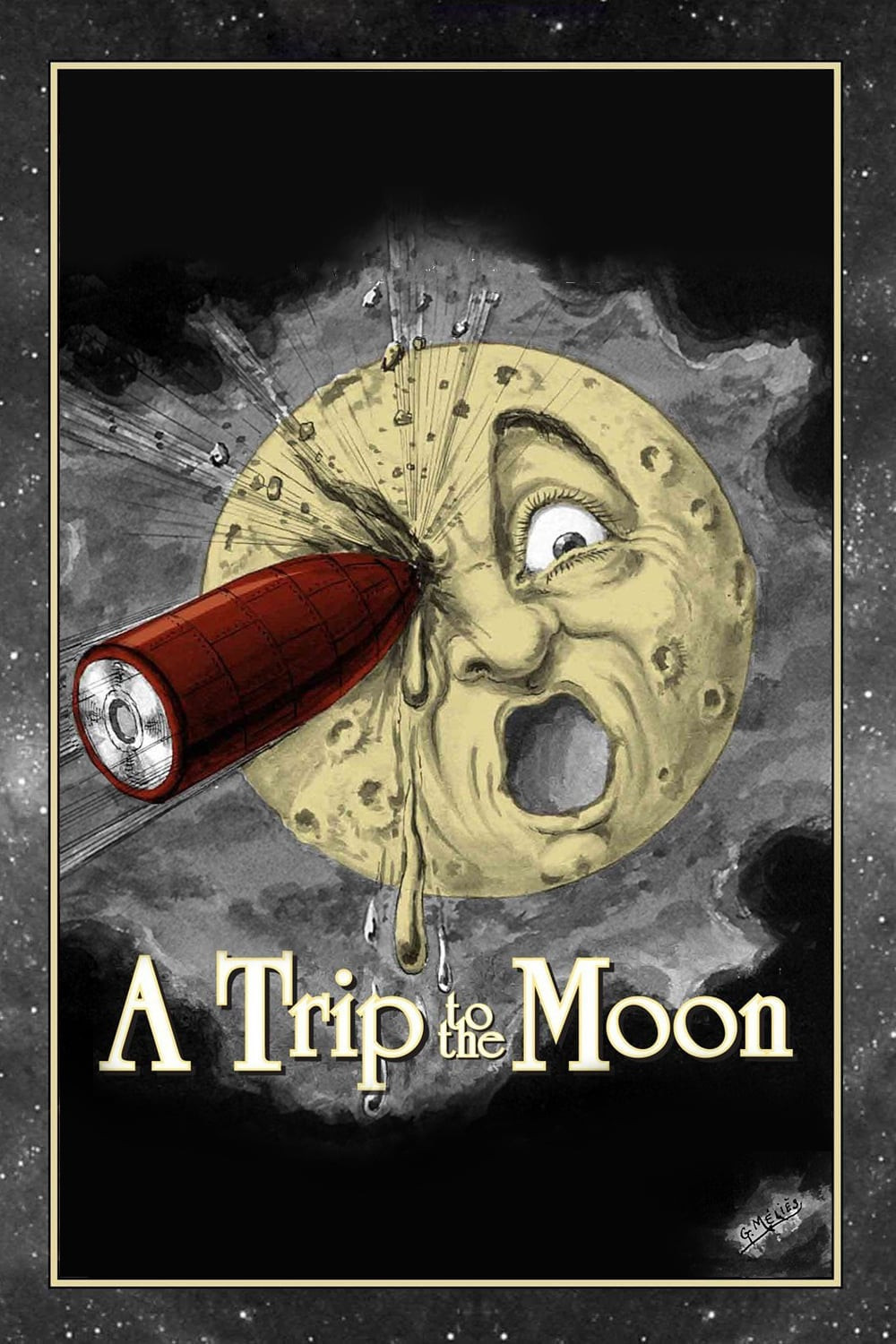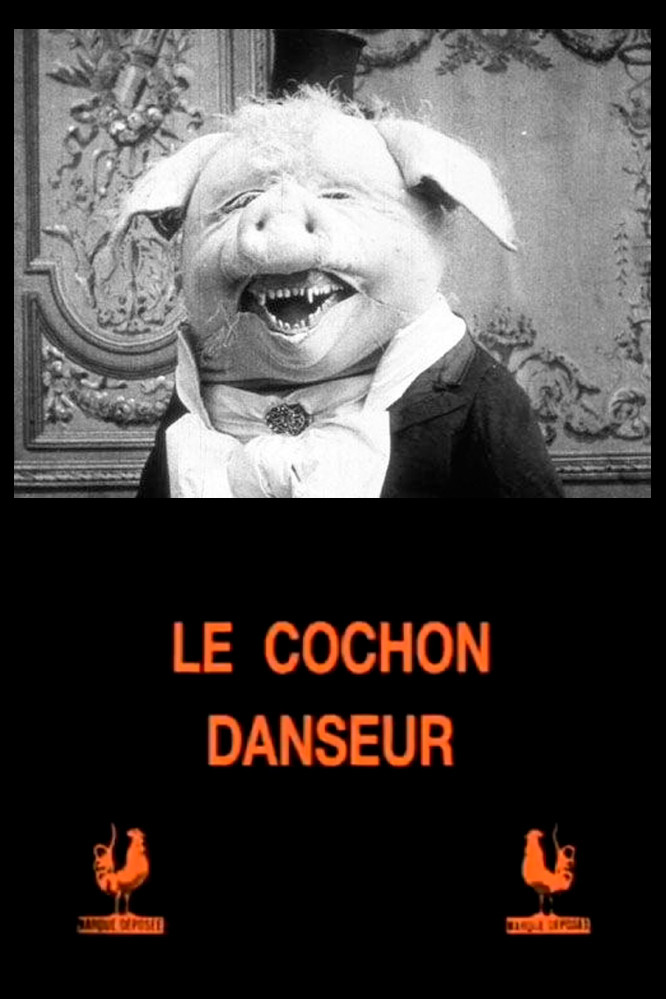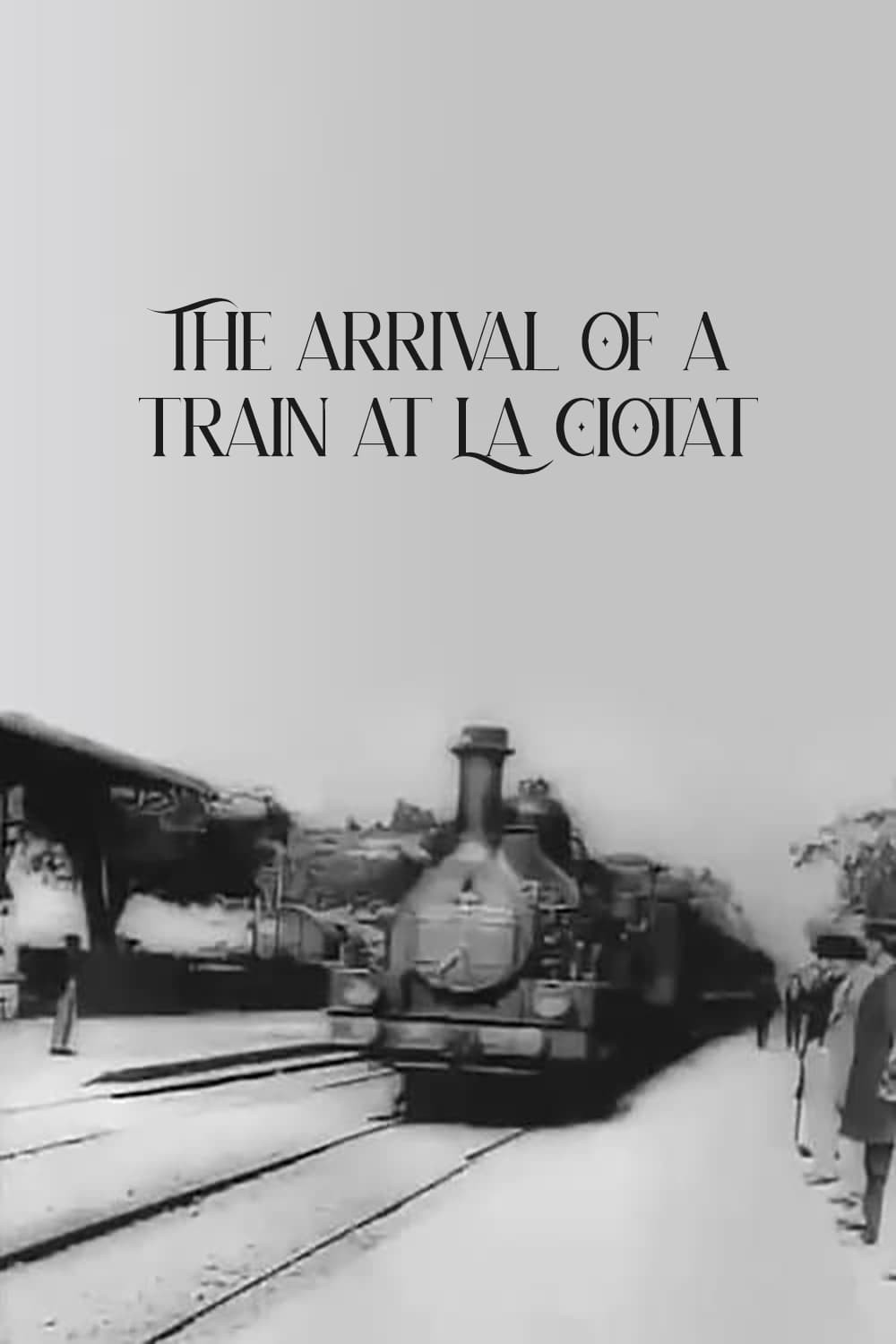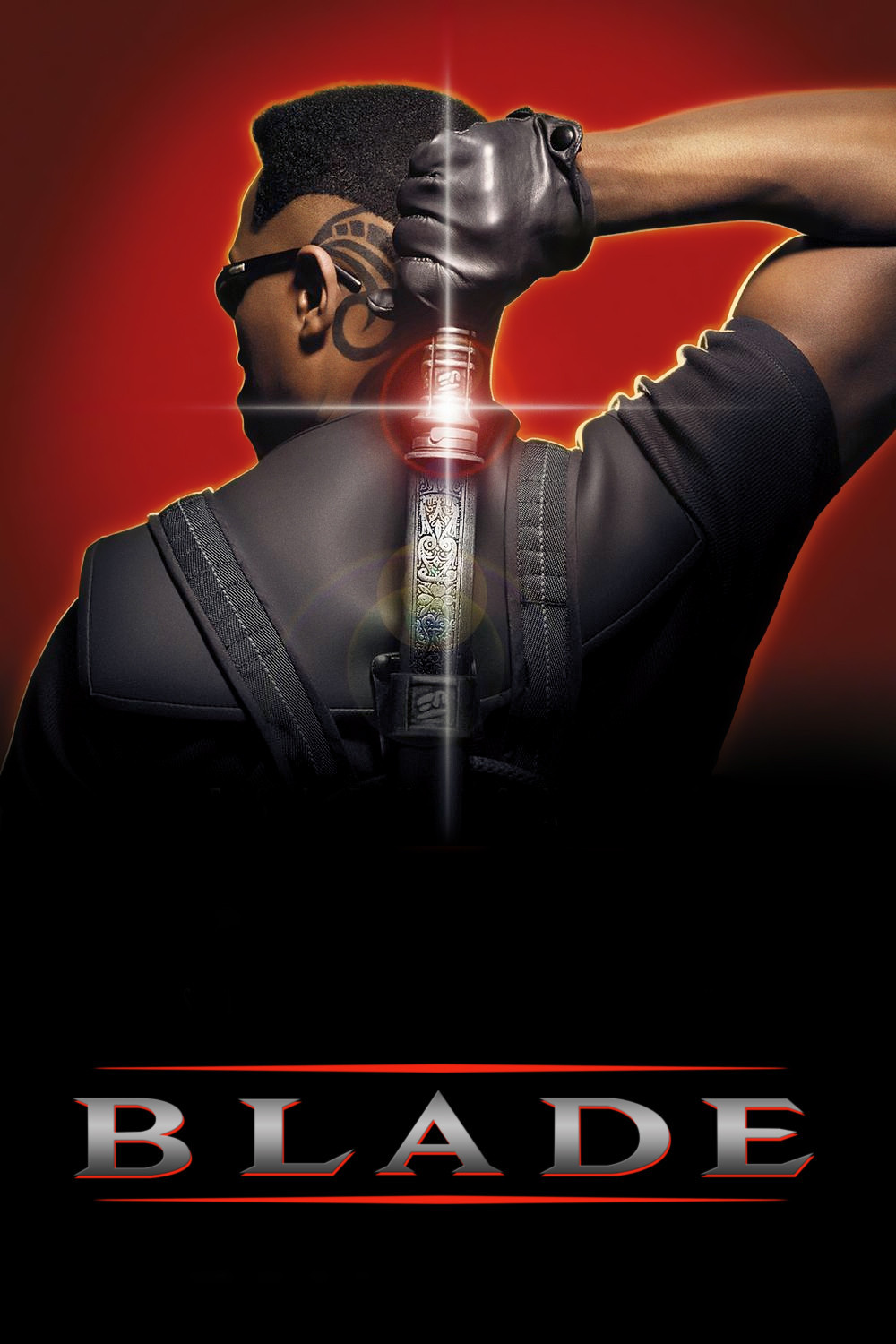
Blade (1998)
13-09-25
In 1967, a woman bitten by a vampire dies while giving birth to baby Blade. 30 years later, a young man is taken to an exclusive nightclub, enjoying himself until the sprinklers spray blood and the other patrons are revealed to be vampires. Blade appears and massacres vampires left and right. He burns Quinn (right-hand man of the nightclub owner, Frost) and leaves, just as the police arrive on scene.
[...]At the hospital, Dr. Karen Jenson and her ex Curtis examine Quinn's charred corpse. Turns out, Quinn isn't actually dead, and attacks the doctors, killing Curtis and biting Karen. Blade is back and rescues Karen because she reminds him of his mother. He takes her to his hideout, where Whistler, Blade's mentor, attempts to treat Karen.
Meanwhile, at a meeting of the House of Erebus, Frost is reprimanded for his reckless behaviour threatening vampire existence. Frost believes humanity should be enslaved like cattle, whereas the vampire elders prefer more implicit methods of control. Furthermore, they look down on Frost as socially inferior because he is not a born vampire.
At the hideout, Blade finds that the serum he takes to inhibit his thirst for blood is losing efficacy. He and Whistler explain to Karen that they are vampire hunters, and Blade drops her off at her apartment. There, Karen is attacked by a policeman, Krieger. Krieger is not a vampire, but a familiar. Blade returns, revealing he was using Karen as bait, and subdues Krieger, who manages to get away. Karen and Blade track him down and force him to reveal the location of the vampire archives, which are located through the freezer of the nightclub kitchen.
Krieger rushes to Frost's party to tell him what happened. Frost kills Krieger and informs the rejuvenated Quinn that he wants Blade taken alive.
In the archives, Karen and Blade torture the morbidly obese record-keeper Pearl into revealing that Frost intends to perform a ritual to awaken the Blood God La Magra, who would grant him ultimate power. They are ambushed by Frost's men and almost captured, but Whistler saves them. A chase scene in the subway ensues, and when they return to the hideout, Whistler reveals Blade's true nature to Karen.
Meanwhile, Frost executes Dragonetti, head of the House of Erebus, by exposing him to sunlight, and takes over the council.
While trying to develop a cure for Blade's vampirism, Karen discovers that the anti-coagulant EDTA reacts explosively upon contact with vampire blood. Outside, Frost offers Blade a truce, asking him to join his side. Blade refuses. In his absence, vampires infiltrate the hideout, kidnapping Karen and turning Whistler. Whistler tells Blade that the vampires need his blood to complete the ritual before killing himself.
Blade goes after the vampires, and is shocked to find his presumed-dead mother at Frost's lair, now a vampire. Frost's crew takes advantage of Blade being caught off guard, and capture him. He is taken to the Temple of Eternal Night, and Karen is thrown into a pit with a zombified Curtis, though she manages to escape. The vampires drain Blade's blood, leaving him for dead. Frost's ritual is complete, killing he vampire elders and giving him La Magra's powers.
Karen finds Blade, and allows him to feed on her so he can regain his strength. He kills his mother and the other vampires before facing Frost. Blade's weapons are no longer effective against Frost, so he instead injects him with several vials of EDTA. Frost explodes.
Outside, Karen assures Blade she will continue working on a cure for him. He tells her he no longer wishes to be cured, wanting to use his powers to eradicate all vampires. Instead, he asks her to develop a stronger serum.
The epilogue finds Blade continuing his crusade in Russia.
I wanted so badly to enjoy this film.
Blade's impact is undeniable, and it offers great representation in its depiction of a black vampire and black companion without falling back on any negative stereotypes. There is inherently also a fair amount of racial subtext at play, not just because the protagonists happen to be black, but because it is an inherent feature in vampire narratives.
"Spare me the Uncle Tom routine." Frost tells Blade, entreating him to accept his vampiric nature and help him realise a world where vampires are treated equally regardless of his perceived pure-bloodedness. Ironically, he invokes the supremacy of their shared vampire ancestors, despite himself being turned. And of course, on several occasions, fleets of all-white police officers attack Blade, completely ignoring the white vampires freely terrorising the city right in front of them.
Unfortunately, this analysis is clunky at best. The film is far more concerned with being cool. That, they succeed at, to some degree. Dated CGI aside, techno music scoring massacres, blood sprinklers, the entirety of the subway scene, and Frost making out with his girlfriend immediately after ripping out Krieger's throat, face covered in viscera, are the DEFINITION of cool. But it isn't enough to render the film interesting.
For all his Sportacus moves, deadpan one-liners and incredible wardrobe, Blade is a flat character. His companion, Dr. Karen Jenson — in her equally badass leather jacket — also suffers from a lack of personality. She barely reacts to the events of the plot, and feels more like an automaton than actual person. The two thus have zero chemistry with each other, platonic or otherwise, though the scene in which Blade drinks from her is played as an orgasmic experience. This is never expanded on. Nor are the several Oedipal resonances present within the film. This makes it difficult to care about the characters, killing any would-be emotional stakes. Even Whistler's death has no impact. It's no Batman and Alfred.
Constantly, the audience is expected to believe things the film never bothers to justify, much like these highly artificial relationships. Most glaringly, this is the case with its vampires. I'm willing to look past the awful logic of vampires being both born and made, but though posed as a grave threat to humanity, they don't feel all that distinct from their prey. Familiars (wannabe vampires) just don't make sense in this world. All they gain are aversions to garlic, silver, and the sun, and a bloodlust which is a hassle to fulfil. Granted, Quinn is seen to regenerate several times, but the claim of superhuman strength feels overstated. The only reference the audience is given is when the vampires fight Blade, who cuts them down with ease anyway, so there really is no heightened sense of danger. This really does dampen the weight of Blade's final decision to forgo a cure because it would take his superhuman strength.
I suppose when you open a film with a blood rave, it is pretty hard to live up to the cosmic expectations you set up for yourself. Probably all this could have worked a lot better as a video game.
